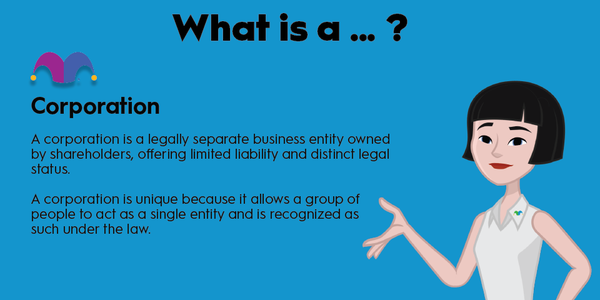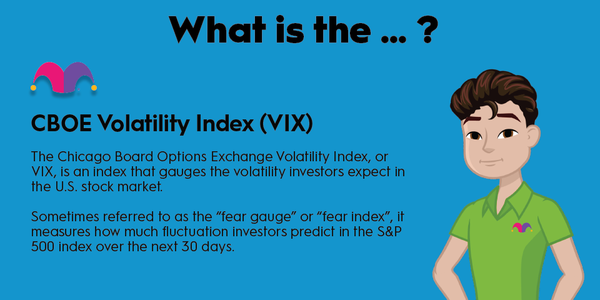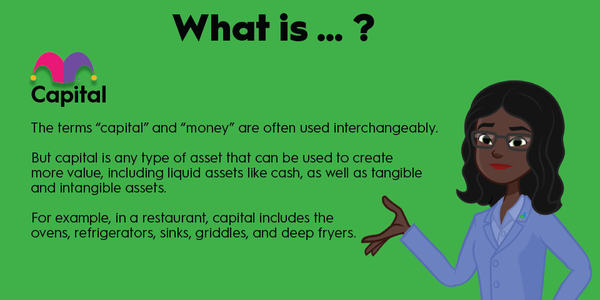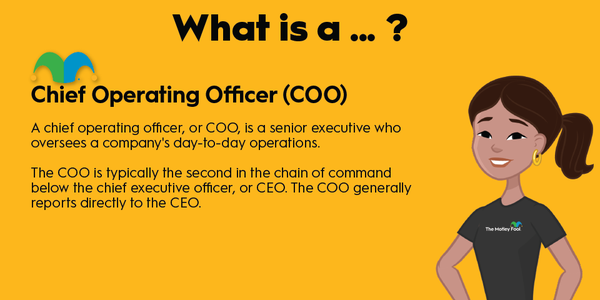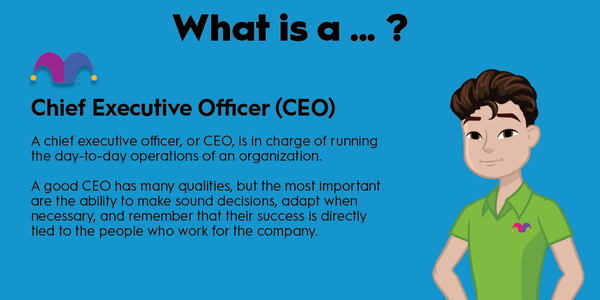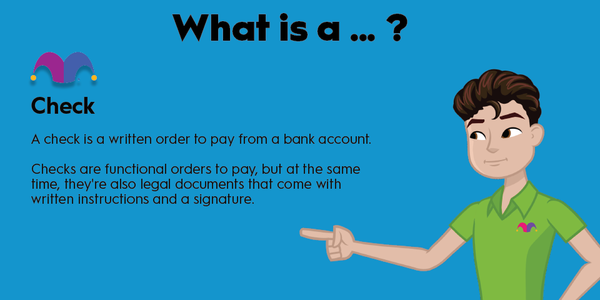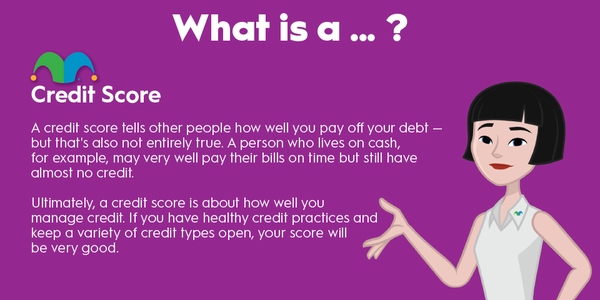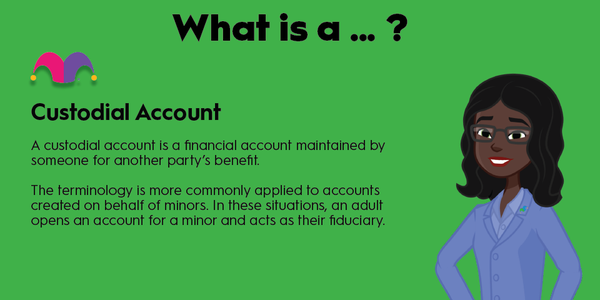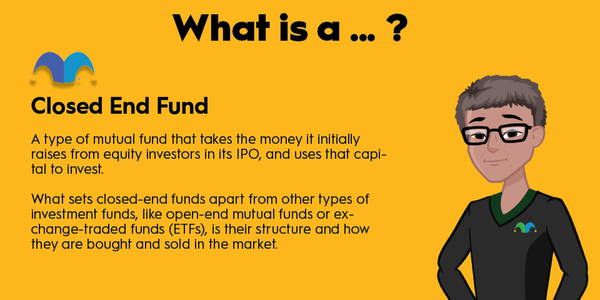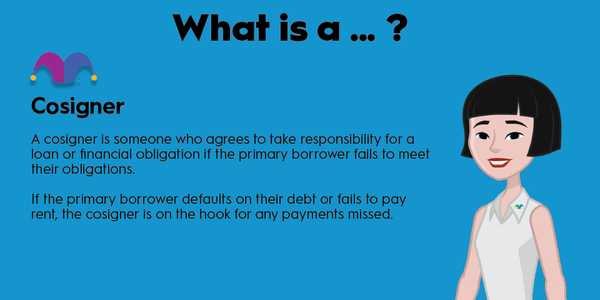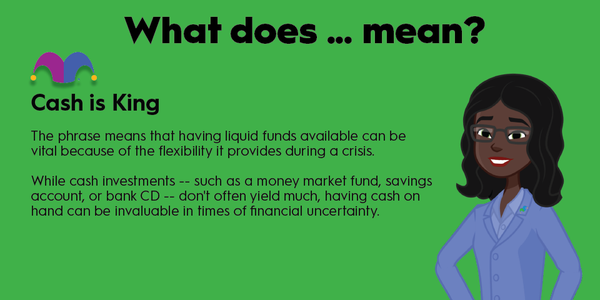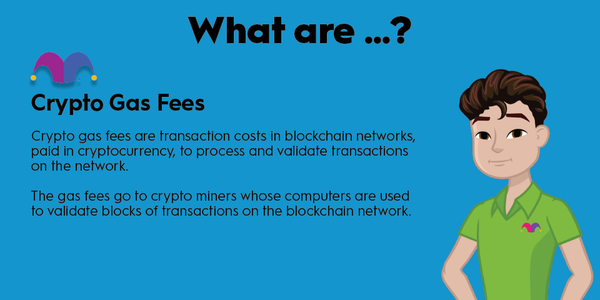While the usual way to invest in cryptocurrency is simply buying and holding, there are often passive income opportunities that can boost your returns. One of the most popular is crypto lending. It allows you to earn excellent interest rates on your holdings, but there are risks involved. Here's how to get started with crypto lending and what you need to know first.

What is crypto lending?
What is crypto lending?
Crypto lending is when you lend your cryptocurrency funds to borrowers in exchange for interest payments. It's available through crypto exchanges with lending programs and decentralized crypto lending protocols. These protocols are decentralized finance (DeFi) apps (platforms without a central authority managing them) where users can borrow or lend crypto.
It should be noted that crypto lending has multiple definitions. Crypto lending can also refer to using your cryptocurrency as collateral to get a cash loan. However, the more common definition, and the one that's important to investors, is lending your cryptocurrency to earn interest on it.
Where crypto lending came from
Where crypto lending came from
SALT Lending, which launched in 2016, was the first platform to offer crypto-backed loans. It was followed in 2017 and 2018 by the launch of several companies that allowed users to lend and earn interest on their cryptocurrency, including Lendingblock, Celsius Network, and CoinLoan.
Decentralized crypto lending protocols came a bit later. Unlike the aforementioned crypto lending companies, decentralized lending protocols are built using smart contracts and don't require a central entity to manage them. MakerDAO, which launched in 2017, is one of the earliest examples. DeFi grew quite a bit in popularity in 2020 and 2021, leading to the launch of several new lending protocols, including Compound (COMP -8.38%) and Aave (AAVE -7.17%).
How crypto lending works
How crypto lending works
Crypto lending platforms serve as the middleman between lenders and borrowers. Lenders deposit their cryptocurrency with the lending platform. Borrowers get cryptocurrency loans through the lending platform, which uses the cryptocurrency that lenders have deposited to fund these loans.
Borrowers repay loans with interest and lenders earn interest paid in cryptocurrency based on the amount they've deposited. The lending platform sets both the interest rates that borrowers pay and the rate that lenders receive. Rates vary depending on the platform and the cryptocurrency, and there may be fees involved for both parties.
Crypto lending works the same way whether it's through a company or a decentralized lending protocol. The one major difference is that if you want to borrow or lend through a company, you need to register for an account first. Decentralized lending protocols typically don't require registration; you can lend or borrow just by connecting your crypto wallet.
Crypto lending risks
Crypto lending risks
Like any type of lending, crypto lending carries the risk of borrowers defaulting. Lending platforms take steps to minimize risk, which normally include thoroughly vetting borrowers and/or requiring collateral in another cryptocurrency to get a loan. However, they also clarify in their terms that they're not responsible if lenders lose their funds.
One of the main risks of crypto lending in particular is the inherent volatility. Cryptocurrency prices can and do change quickly. If you buy Bitcoin (BTC -4.02%) at $40,000 and start lending it, you'll come out ahead as long as the price remains stable, but the price could conceivably drop by 50%. That's a risk you wouldn't run into if you were lending cash.
Many investors believe they can avoid this risk by lending stablecoins, which are cryptocurrencies designed to maintain a set price, such as $1. Although that's the case when stablecoins work as intended, they can fail, so you shouldn't look at them as being completely safe. TerraUSD (CRYPTO:UST) is a perfect example. This U.S. dollar stablecoin famously lost its peg in May 2022, going from a value of $1 to less than $0.10 and burning everyone who was using it as crypto savings.
There's also the possibility of security issues with the lending platform. Hackers frequently target lending platforms, and some have had funds stolen. You can reduce your risk by carefully researching a platform's security before you use it, but there's always some danger involved with crypto lending.
Crypto lending vs. staking
Crypto lending vs. staking
Crypto lending and crypto staking are occasionally confused with one another because they're both ways to earn something back on your cryptocurrency funds.
Staking is when you lock up your crypto to help secure the blockchain network. It's an option with blockchains that use the proof-of-stake system to validate transactions. In this system, a blockchain network requires that users who want to validate transactions stake their crypto, meaning they put it up as collateral.
The network chooses a validator from the users who staked their crypto. Once the validator confirms that a block of transactions is correct and adds it to the blockchain, they receive a reward paid in that cryptocurrency.
With crypto lending, you earn interest, whereas with crypto staking, you earn rewards. The results are similar with both since you typically earn a certain percentage back on what you deposited.
How to lend your crypto
How to lend your crypto
To lend your crypto, all you need to do is pick a lending program and deposit your crypto there. You'll then earn interest on the amount you've deposited.
The most important part is choosing the right lending platform. If you're new to crypto lending or you just want a user-friendly option, I recommend the Gemini exchange. It's one of the top crypto exchanges in terms of security and ease of use, and it offers a lending program called Gemini Earn. You can earn interest on dozens of different cryptocurrencies with Gemini Earn.
Here are a few other lending platforms you may want to check out:
- Celsius
- CoinLoan
- Compound
- Aave
Related Fintech Topics
Should you lend crypto?
Should you lend crypto?
If you invest in crypto, you may want to consider lending it as a way to increase your holdings. Look at lending platforms first to see if you're comfortable with any of them and find out how much you could earn in interest.
The decision to lend cryptocurrency ultimately comes down to your risk tolerance. Investing in cryptocurrency is already a risk considering the market’s volatility. Lending it adds some new risks to the equation since there is the possibility of losing your funds. Many investors lend crypto without issue, but that doesn't guarantee that it's safe. Spend time evaluating the pros and cons before you decide.


